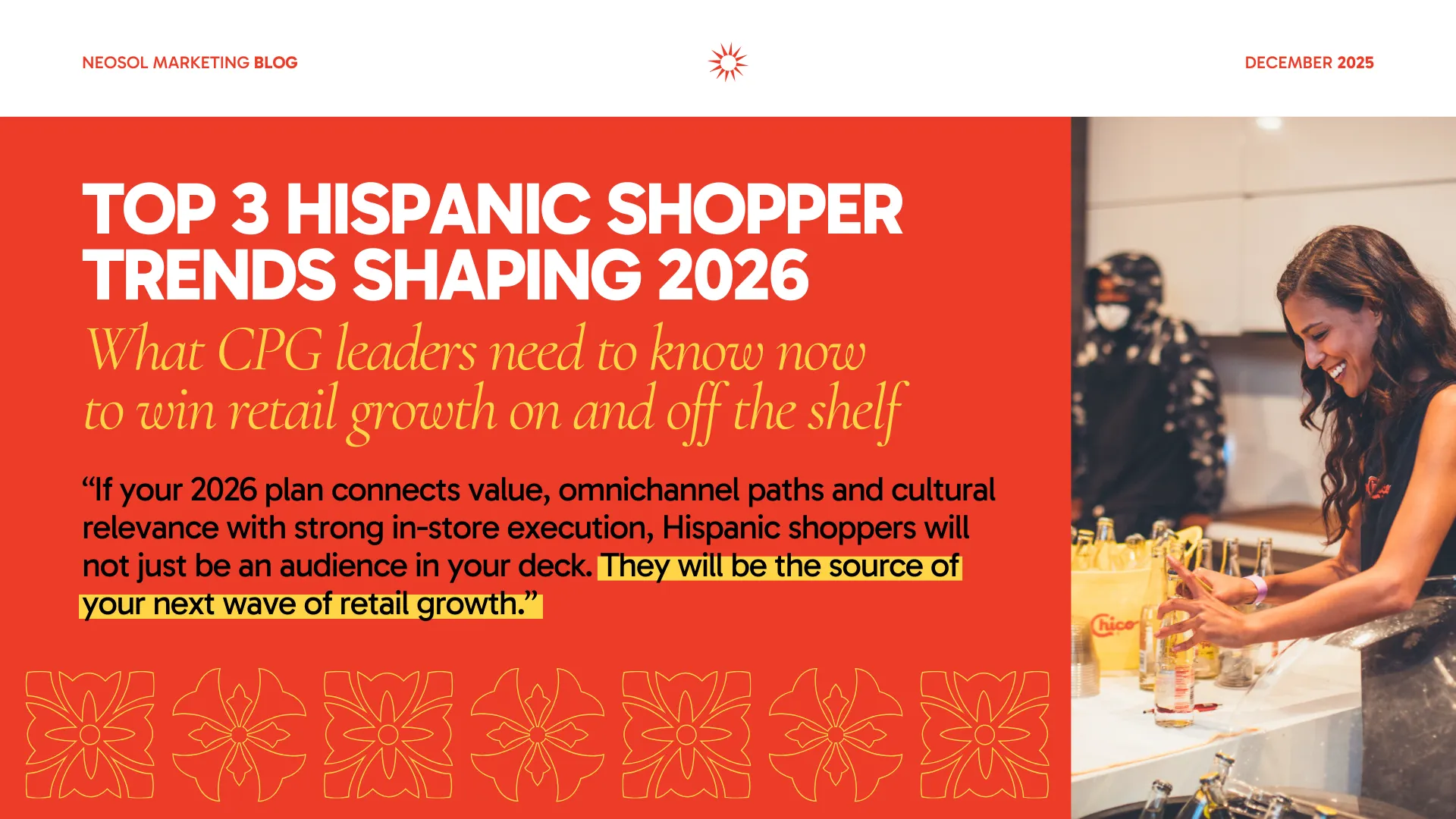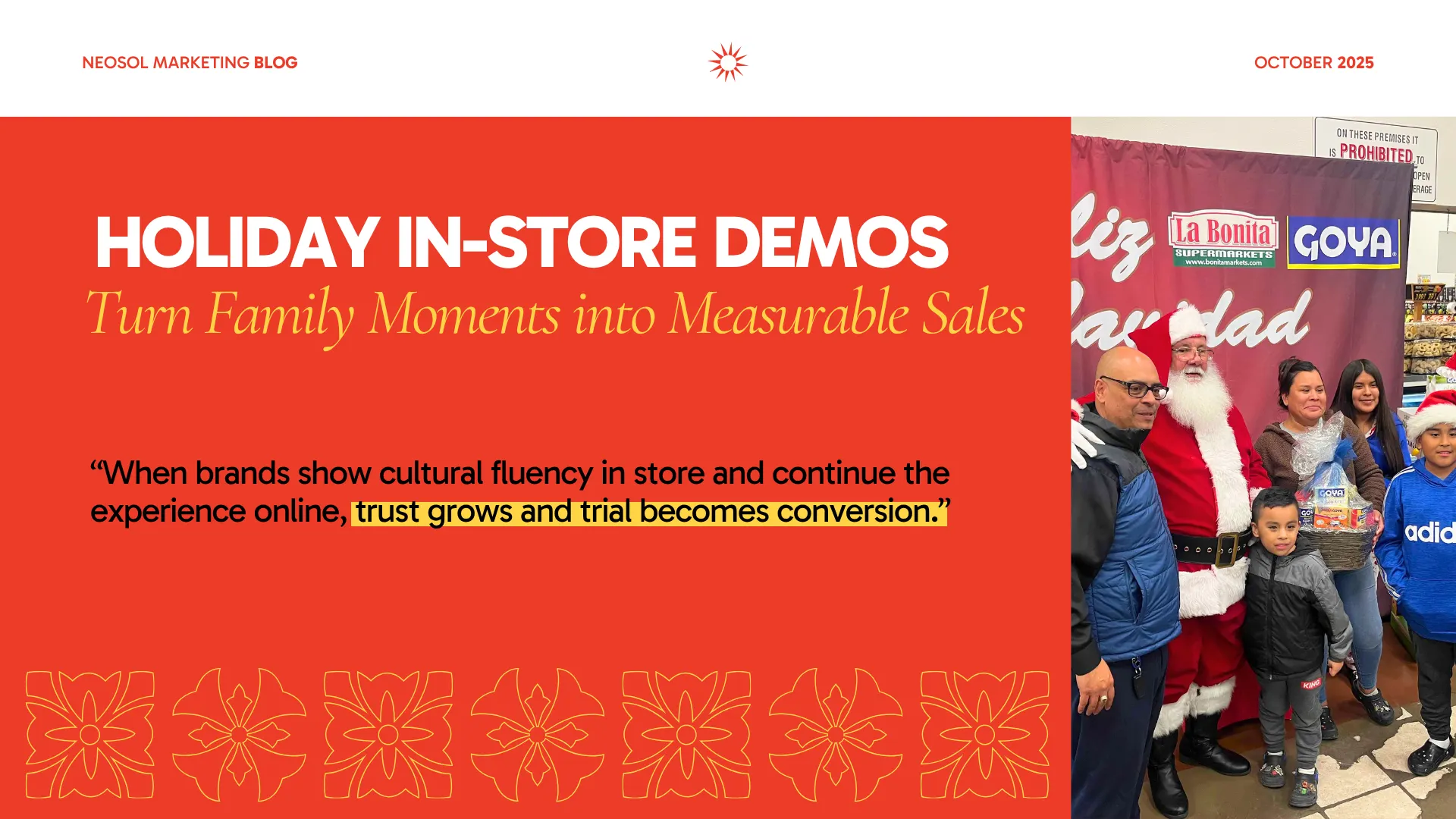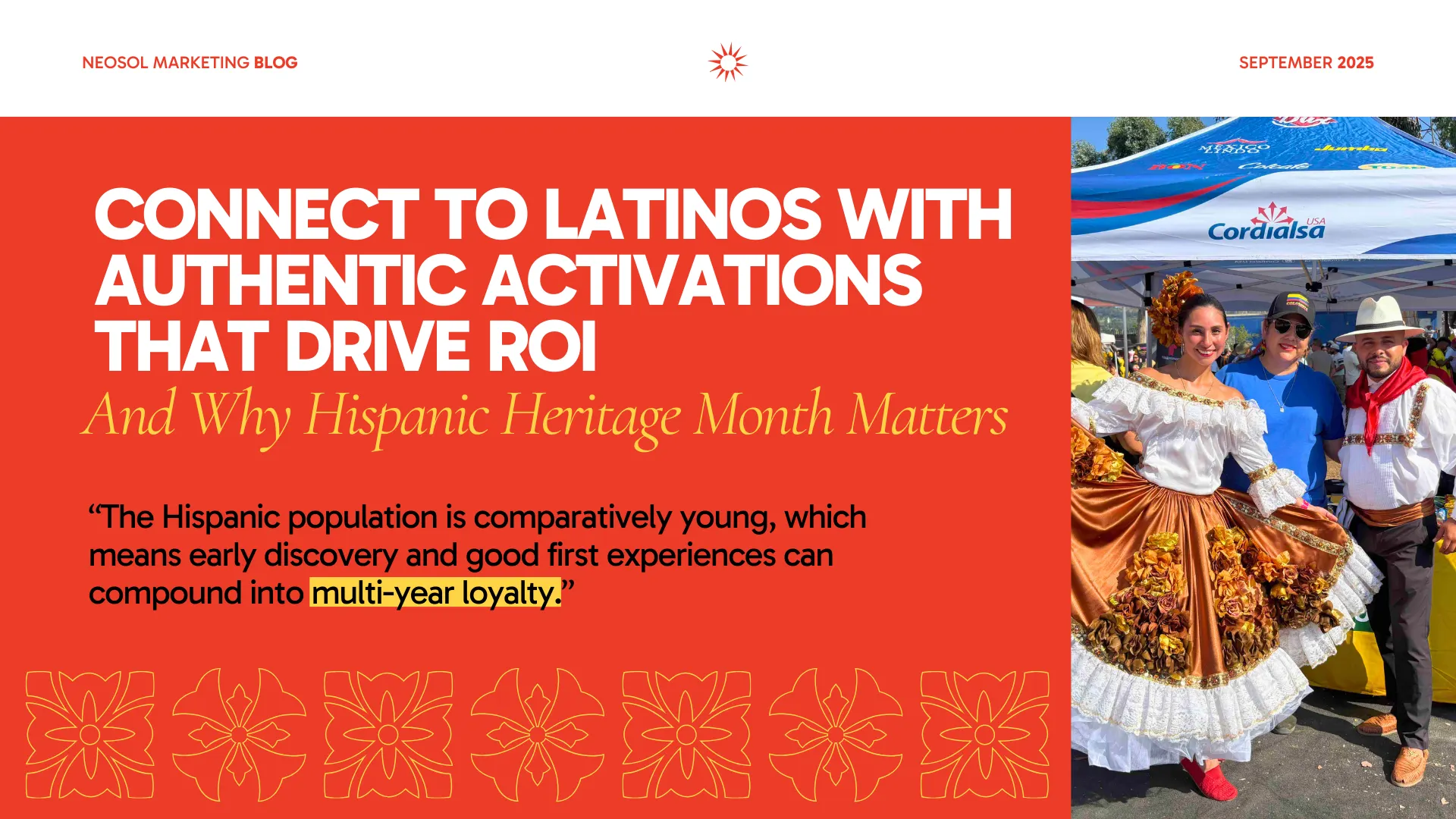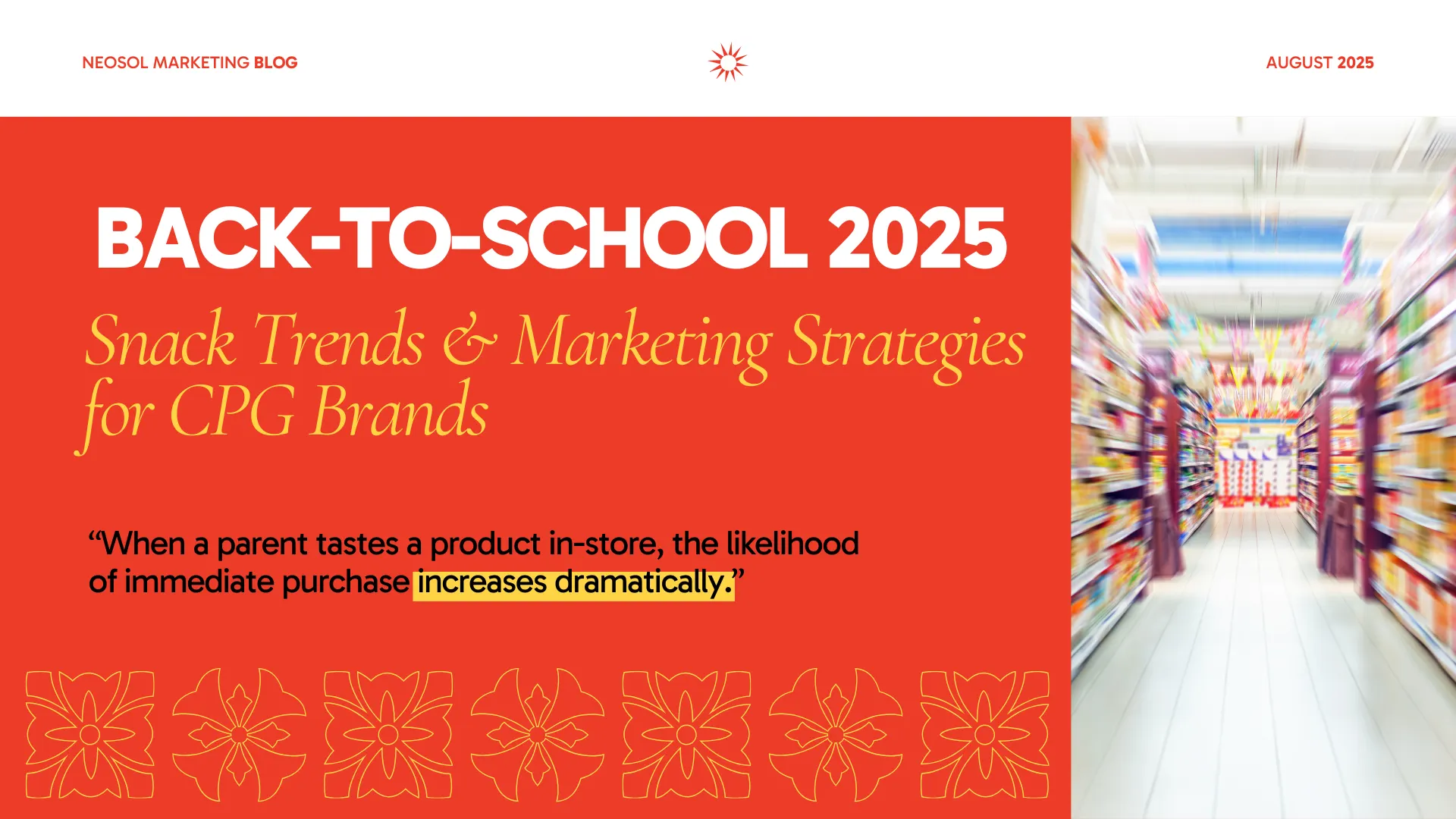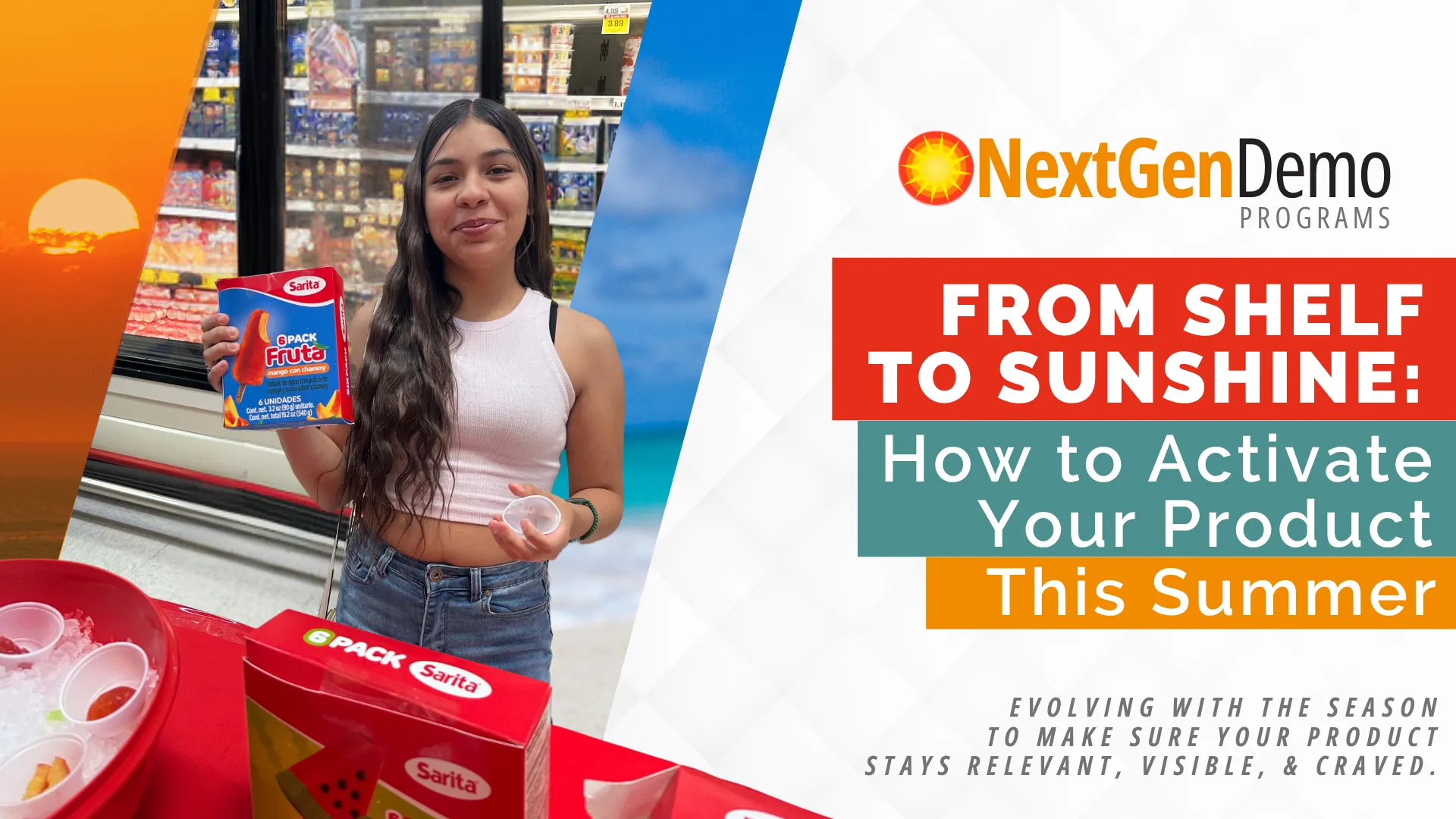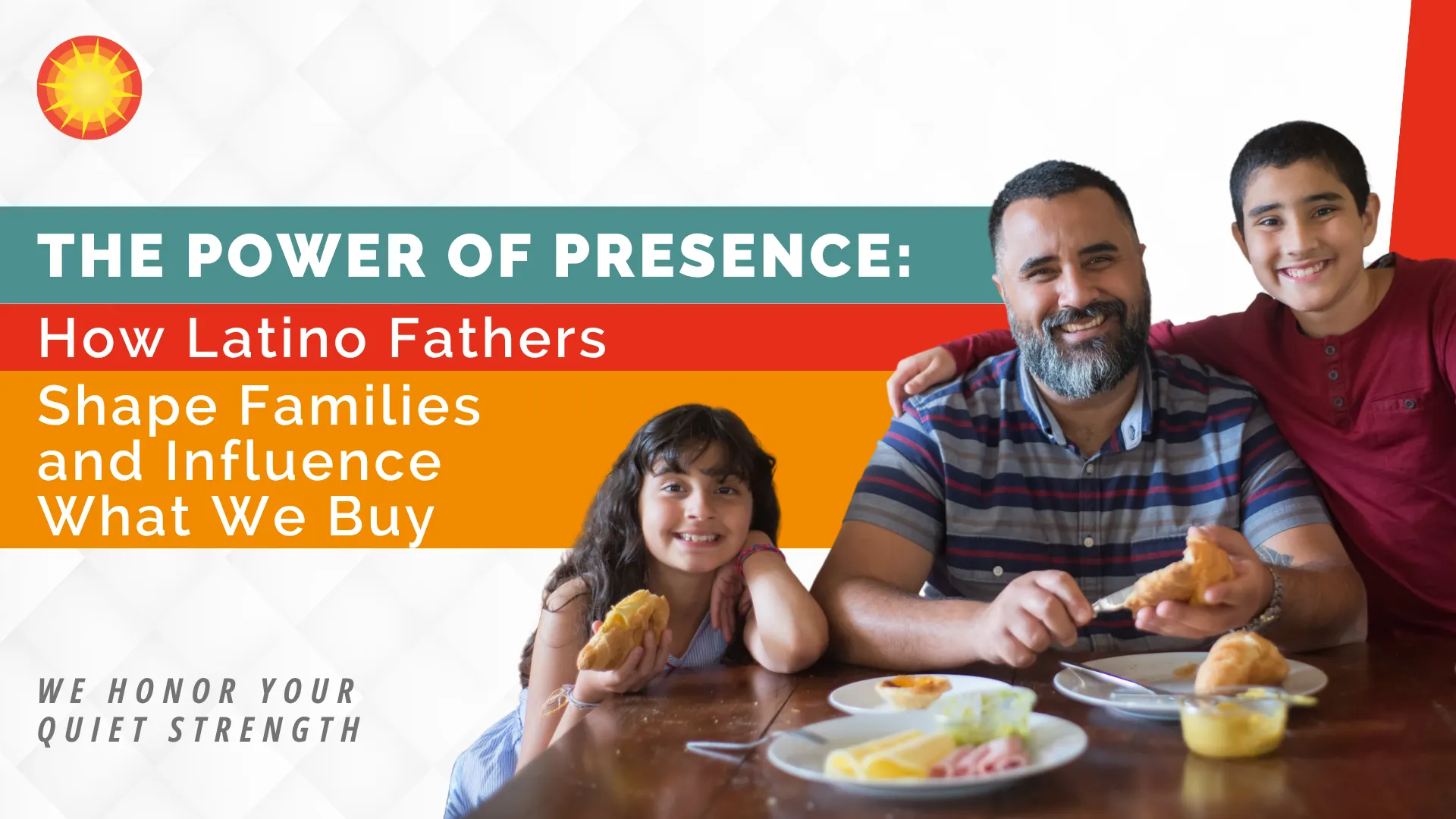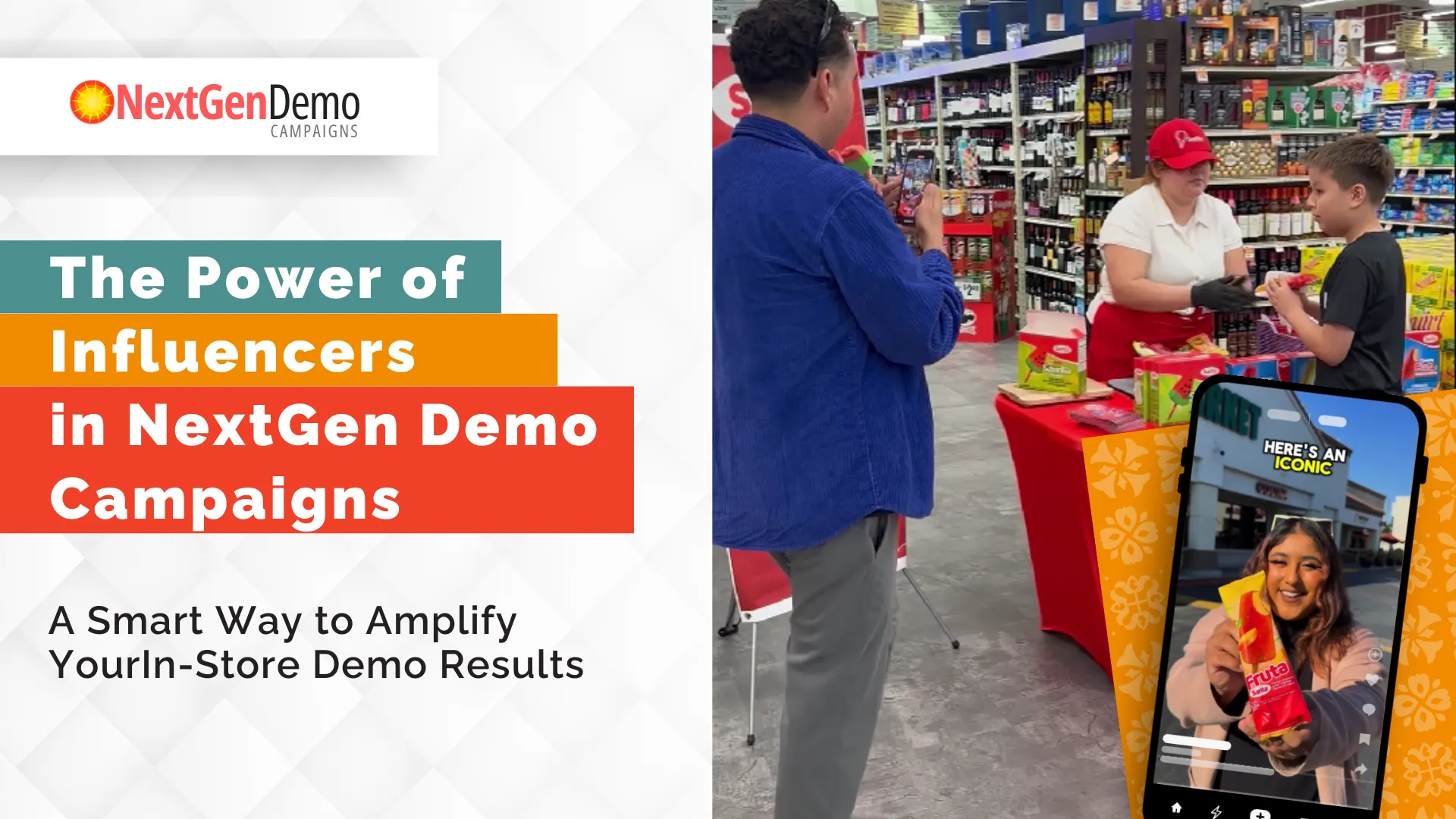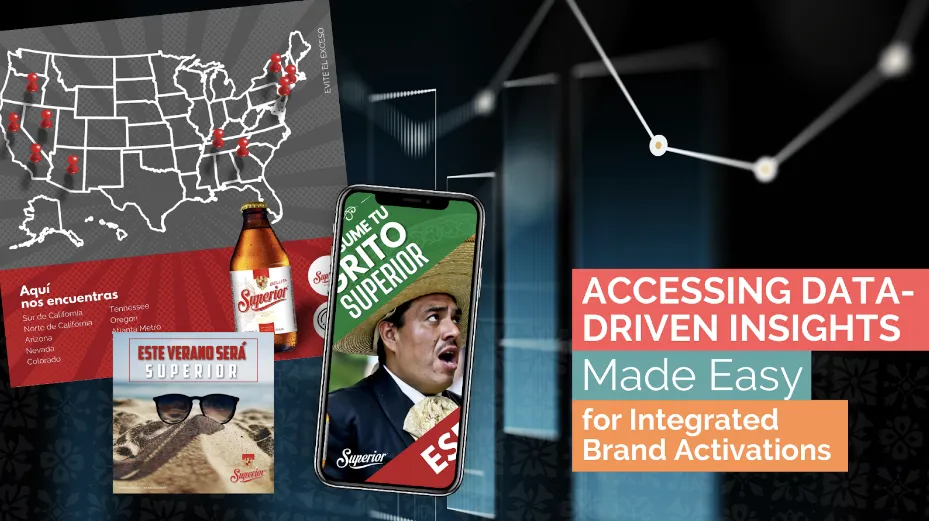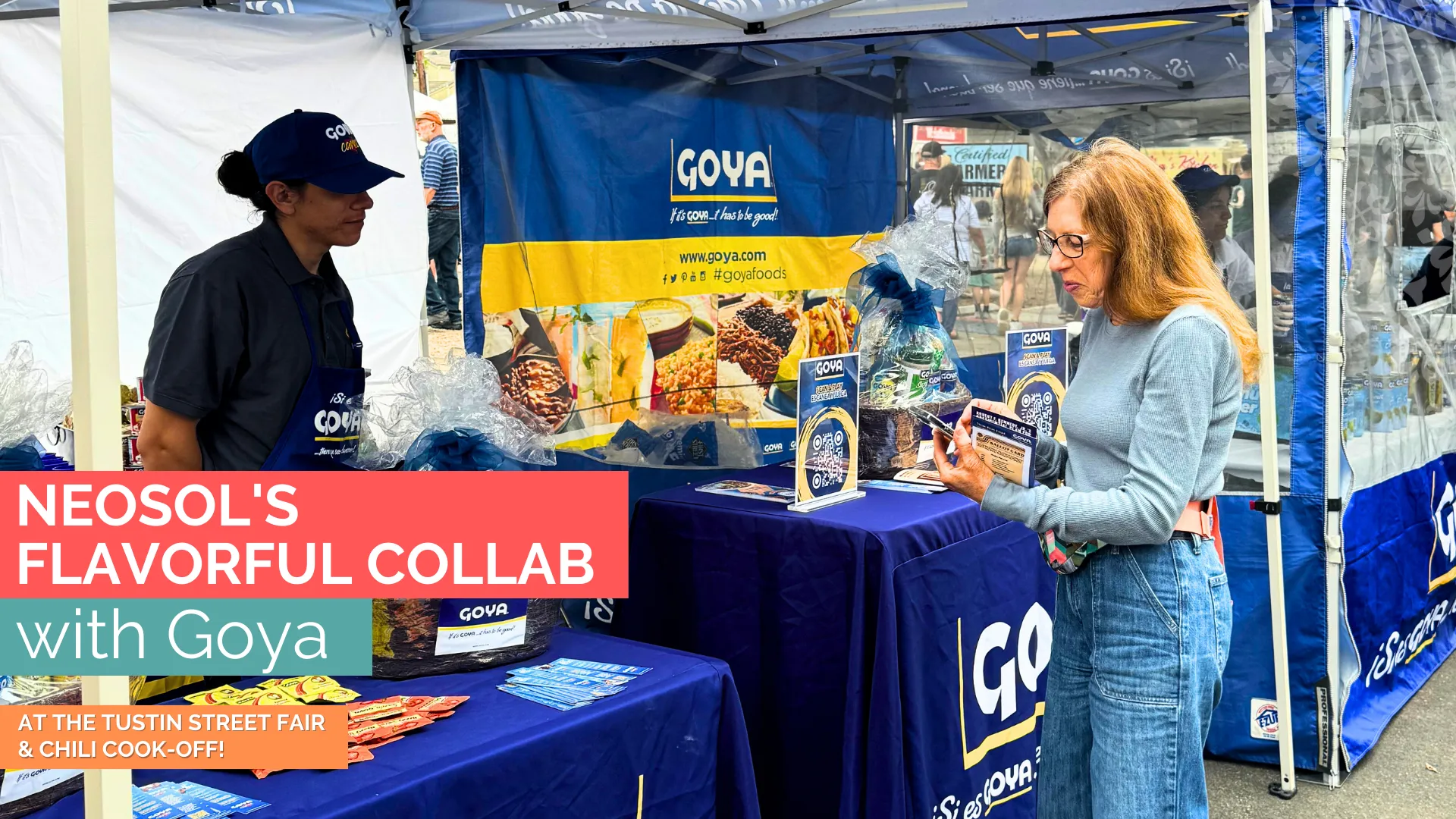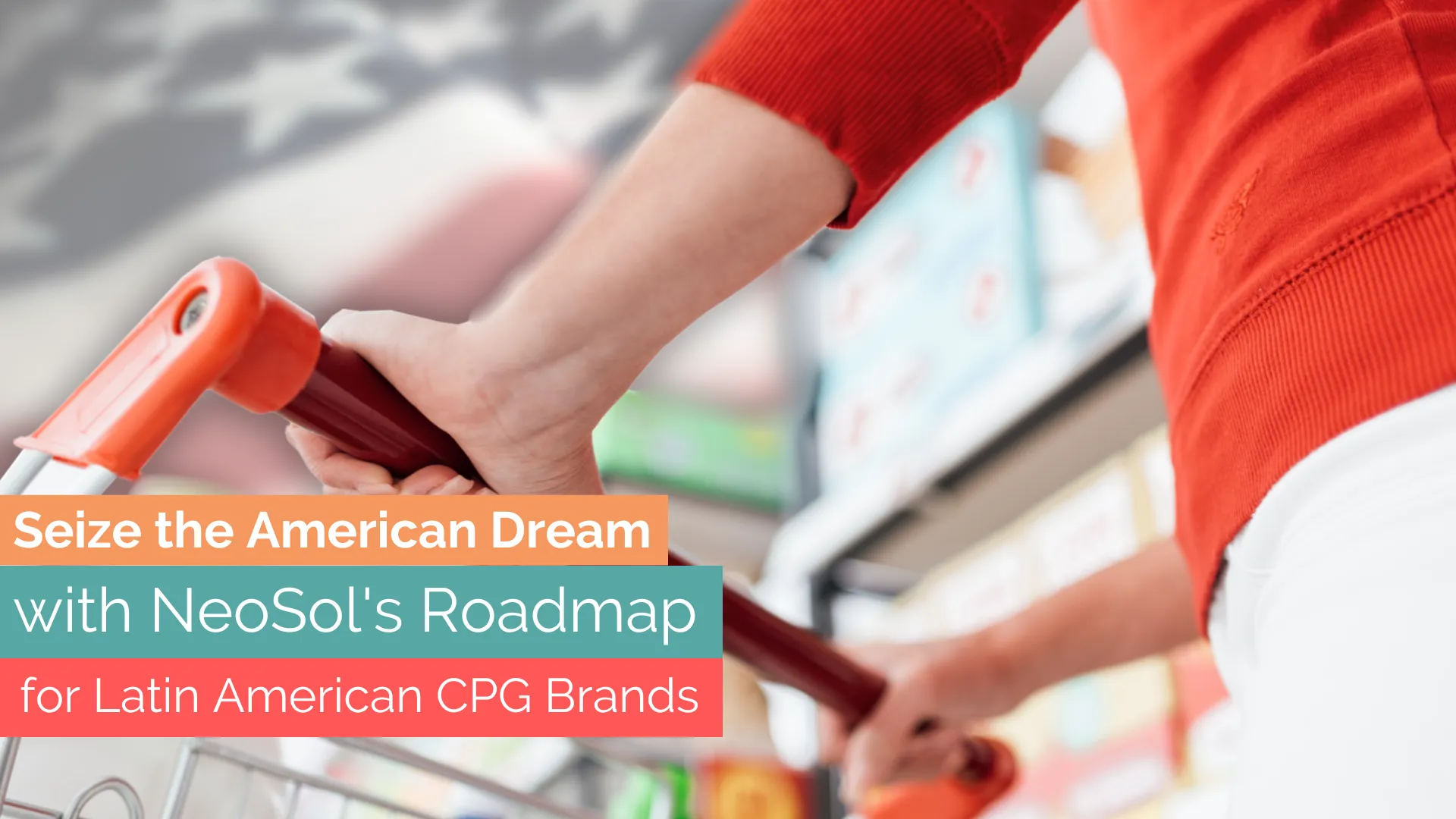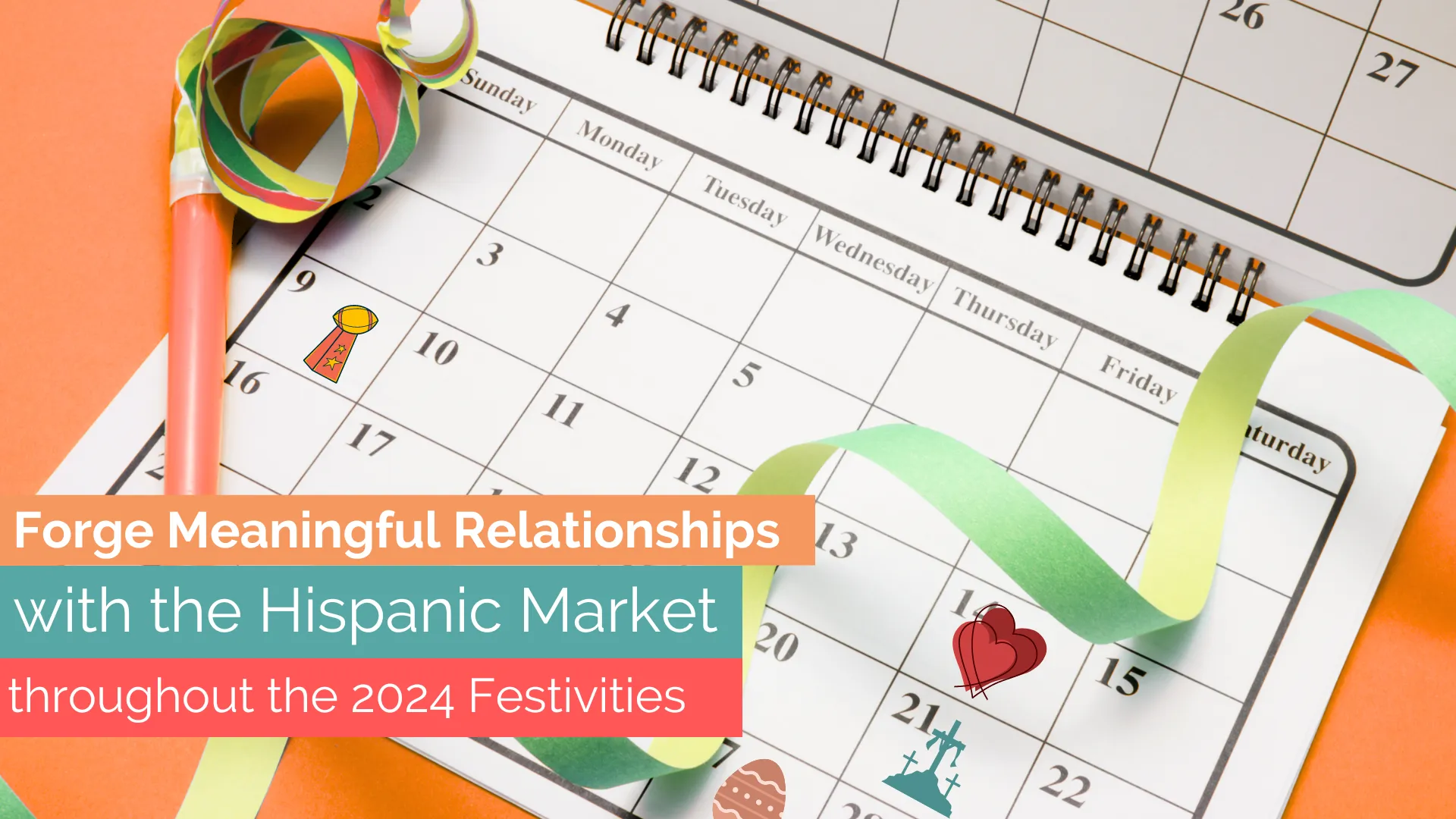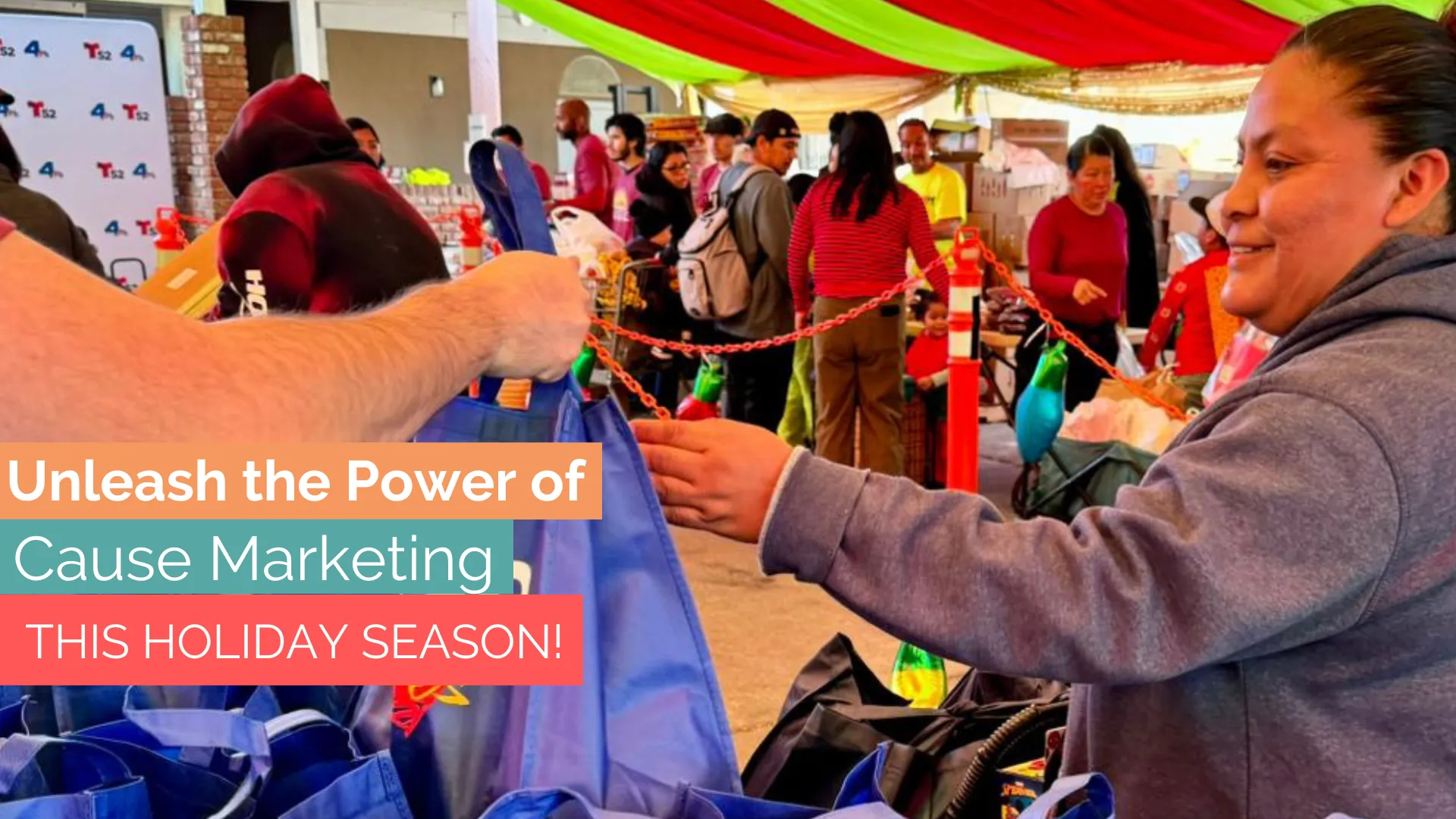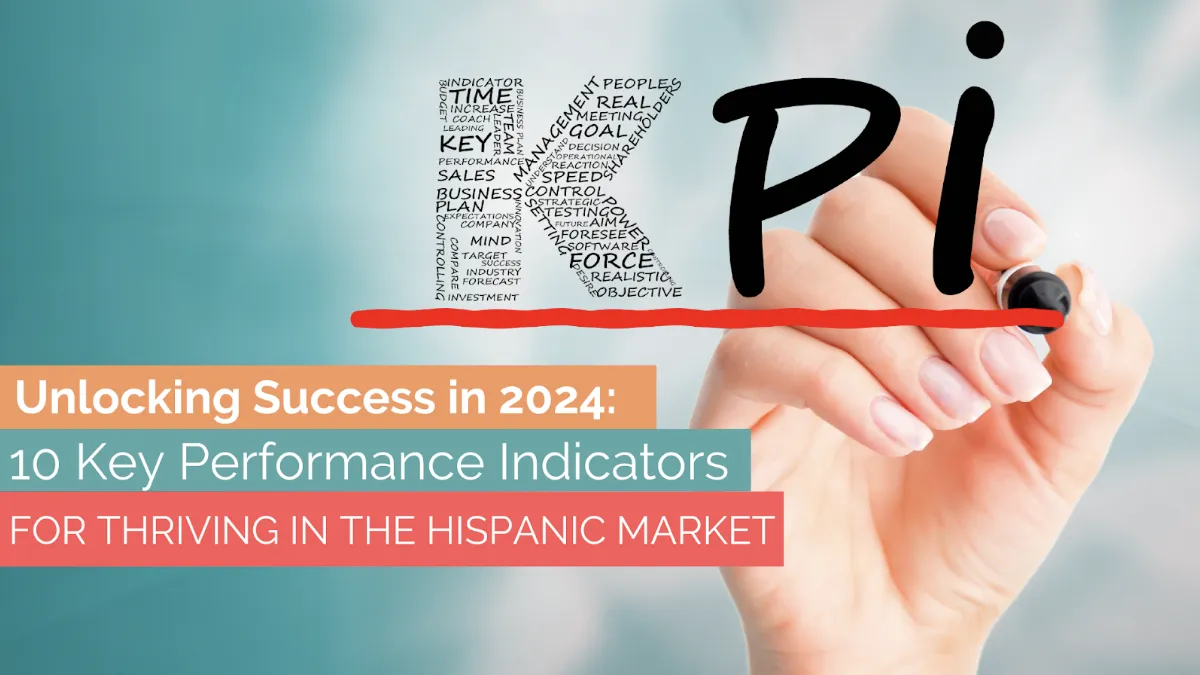Why Using Culture and Language will Help Your Brand Connect with the Hispanic Consumer

Understanding the needs and wants of consumers is the first rule of marketing and thanks to the amount of data that we can collect both digitally and in the real world, the way that we are able not only to dissect, but understand the consumer has drastically improved over the last couple of decades.
This data is important because it allows us to form a buyer persona (or an ideal target consumer) that can be used as a reference when planning marketing strategies, creating digital content, or deciding how to best connect with your target audience to build loyalty and increase sales. Through collecting the right data, brands can learn about the demographics, behaviors, life circumstances, and purchasing habits of their consumers.
The Hispanic consumer continues to be an untapped segment of the US market but with 66 million Hispanics currently living in the US, brands should think twice before deciding to ignore this segment. This fast-growing minority has a big purchasing power in the US market and not targeting this consumer could be a big mistake. Hispanics have been one of the fastest-growing segments of the American population, accounting for 52% of the growth since 2000 and the Hispanic population is projected to make up almost 22% of the US population by 2028 which will exceed 74 million. Brands must dive deep and understand how the use of the language, the Hispanic culture, and the traditions the Hispanic consumers learned as children and now follow at home are the keys to building a lasting emotional connection with this consumer.
The biggest challenge that brands face when trying to reach the Hispanic consumer is the language and cultural diversity within this minority. Looking from the outside in, it’s easy to generalize this consumer and assume that all Hispanics are created equal but this could not be farther from the truth. The Hispanic consumer’s country of origin is a vital piece of the puzzle since each country is different and holds its own traditions and customs. There is a big distinction in language, culture, and traditions between the Mexicans, Guatemalans, Columbians, and every other Hispanic group living in the US.
Although all Hispanic consumers come from Spanish-speaking countries, each country (and even each region within each country) has variations in accent, pronunciation, and even meaning of the same word. If you ask for a lapicero in Argentina you’ll get a pen but in Mexico, you’ll get a mechanical pencil. The importance of having Spanish content also varies per generation. For example, only 21% of 2nd generation Hispanics visit websites that are in Spanish every week vs 57% of 1st generation Hispanics. There is also a big contrast in how much Spanish is spoken at home within each generation which indicates that the importance of using Spanish cues in your content will depend on the generation that you are trying to reach.
Speaking Spanish however is simply not enough. Brands must also be culturally and traditionally relevant to grab the attention of the Hispanic audience. The Hispanic consumer takes pride in their nationality and an authentic message that positively represents their ethnicity is what would most resonate with this segment. This also means avoiding general messages and the typical stereotypes that get associated with the Hispanic community.
Having all of this information is not useful if brands don’t also have a clear understanding of when and where to engage Hispanic consumers both online and offline. However, with a clear plan, the right tools, and a strong Hispanic marketing strategy in place, brands can reach and engage the Hispanic consumer.
Source: The Claritas: The 2022 Hispanic Market Report, Yahoo Marketing to Hispanics Webinar
Are you looking to take the first step to understanding the Hispanic consumer for your brand? If so, we share with your the first step we take when working with any brand looking to target the Hispanic consumer Check it out here.

